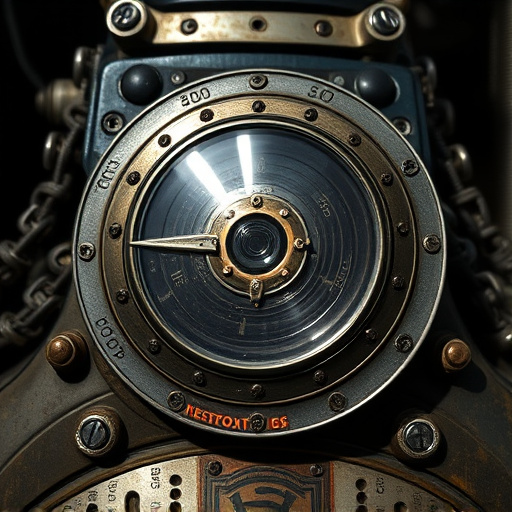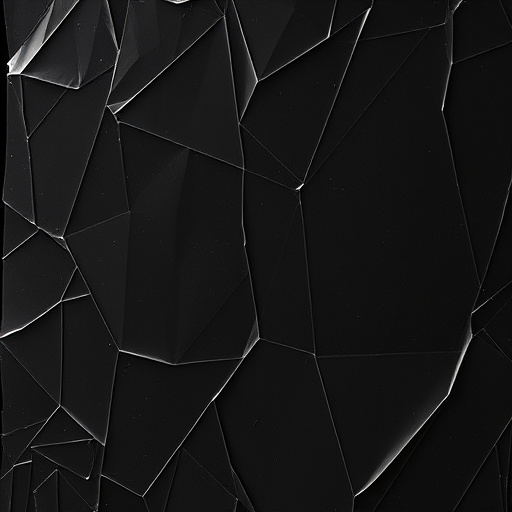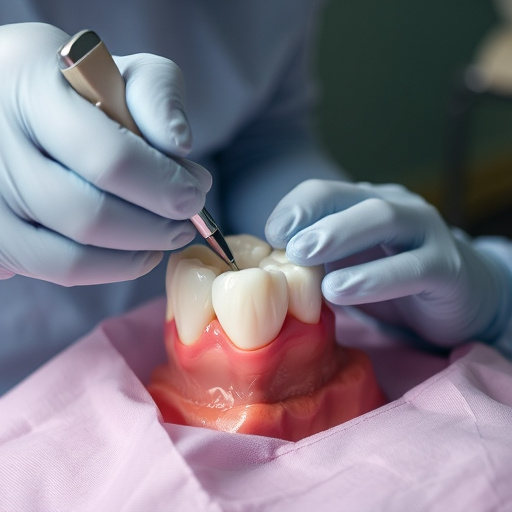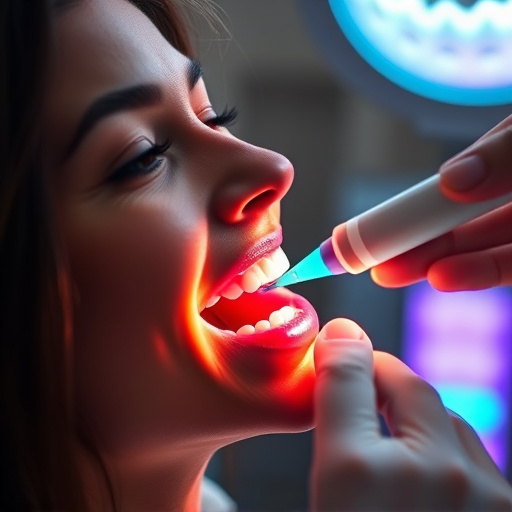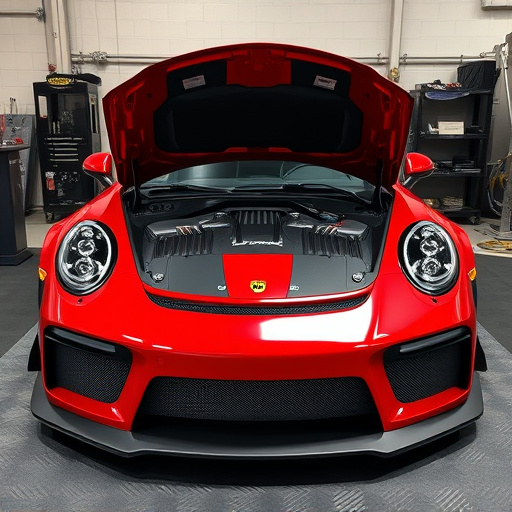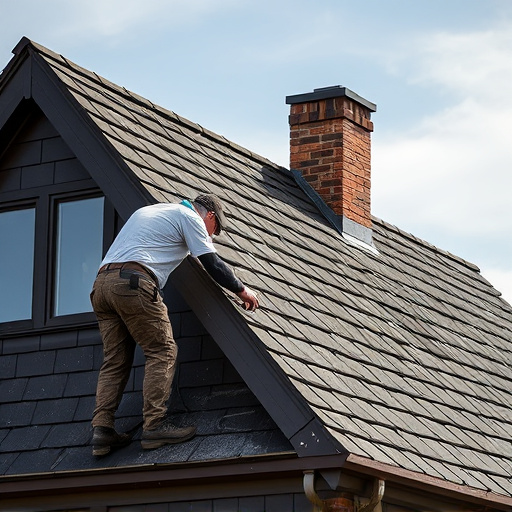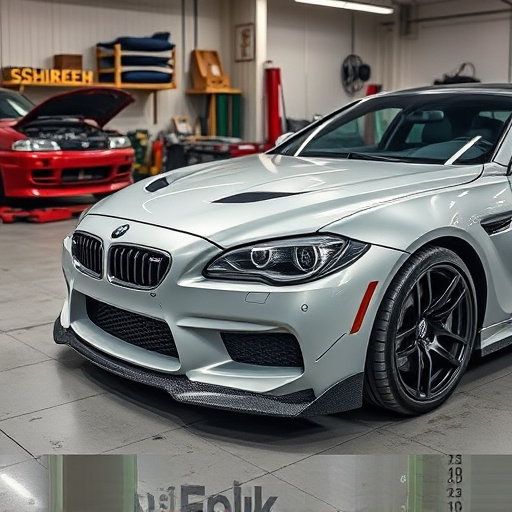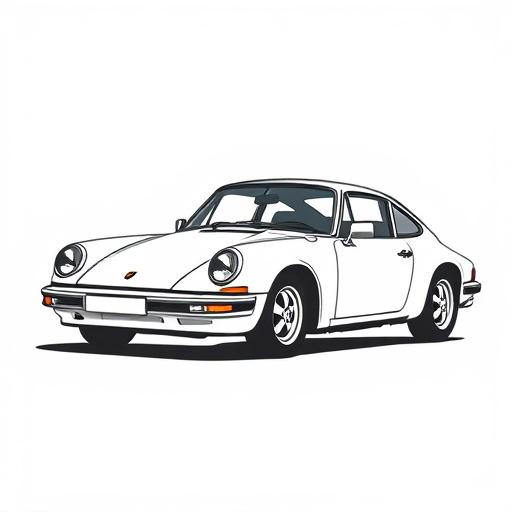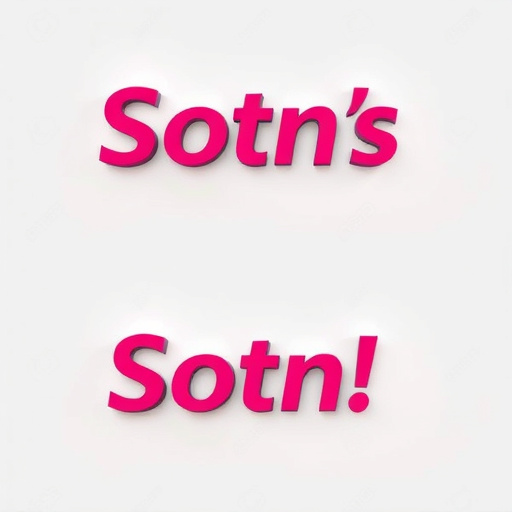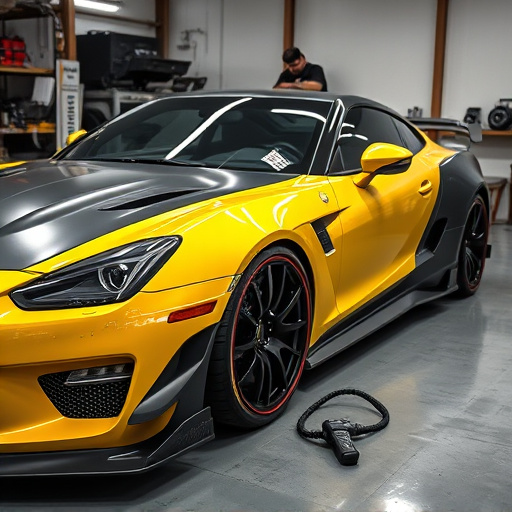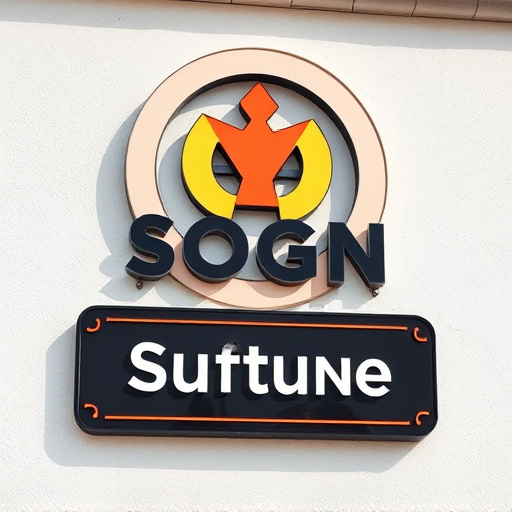The ceramic coating application preparation phase is critical for optimal coating adhesion and protection against scratches, stains, and UV rays. Surface cleaning, decontamination, and drying are essential, with specific attention to removing grease, dust, and fingerprints. Application time varies based on surface size, complexity, coating type, environmental conditions, and prior paint correction. Proper selection of application methods and efficient workflow design minimize issues and optimize drying times, ensuring long-lasting protective finishes.
Ceramic coatings offer superior protection for your vehicle’s paintwork, but understanding the time commitment is key. This article delves into the intricacies of ceramic coating application duration, guiding you through preparation, application factors, and process optimization. Learn how to efficiently protect your car with this durable, glossy finish, ensuring a job well done in the shortest time possible.
- Understanding Ceramic Coating Preparation Time
- Factors Affecting Application Duration
- Optimizing Coating Process for Efficiency
Understanding Ceramic Coating Preparation Time
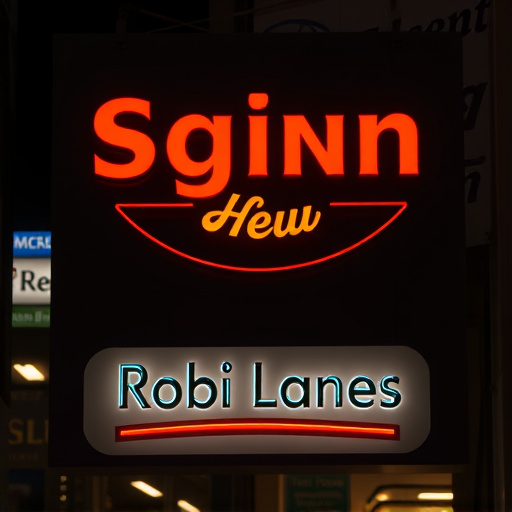
The preparation time for ceramic coating application is a crucial aspect often overlooked by enthusiasts and professionals alike. Before applying any ceramic coating, it’s essential to allow sufficient time for surface cleaning, decontamination, and proper drying. This initial step ensures that the coating adheres well and creates an optimal barrier against elements that could compromise its effectiveness. A thorough understanding of this preparation phase is key to achieving maximum benefits from ceramic coatings, such as enhanced uv protection and vehicle protection.
Ceramic window tinting, a popular choice for those seeking advanced vehicle protection, requires a dedicated preparation process. This involves removing contaminants like grease, dust, and fingerprints from the surface. Proper decontamination using specialized cleaning agents and microfiber cloths is vital to create a clean slate for the ceramic coating. Once the surface is ready, allowing adequate time for drying ensures that moisture doesn’t interfere with the bonding process of the ceramic layer, thereby guaranteeing long-lasting protection against scratches, stains, and ultraviolet rays.
Factors Affecting Application Duration
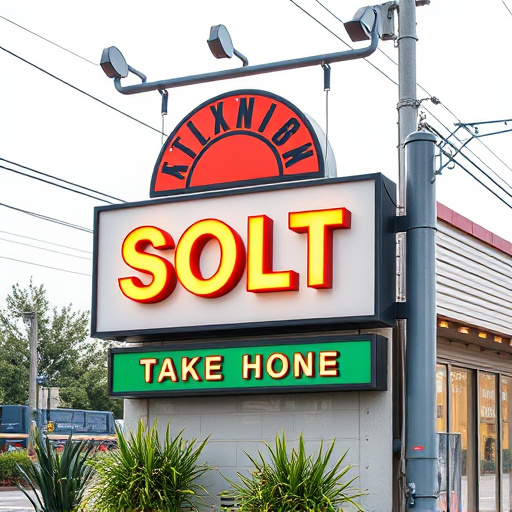
The duration for a ceramic coating application can vary widely depending on several factors. One key determinant is the size and complexity of the surface to be coated; larger vehicles or intricate designs will naturally require more time for meticulous application. The type of ceramic coating chosen also plays a significant role, as different formulations have varying application times. High-quality finishes tend to demand more precise handling and drying times to ensure optimal results.
Additionally, environmental conditions like temperature and humidity can extend or compress the application duration. Humid environments may slow down the curing process, while warm temperatures can expedite it. Paint correction techniques preceding coating also impact timing; thorough preparation ensures better adhesion and potentially reduces overall application time. Ensuring a vehicle is clean, decontaminated, and free from defects is crucial for achieving long-lasting, protective high-quality finishes.
Optimizing Coating Process for Efficiency
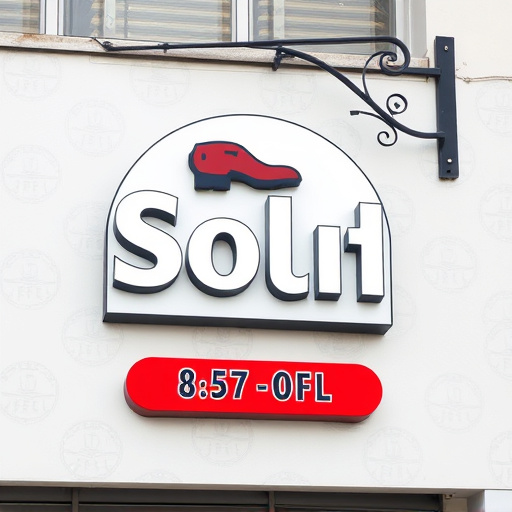
Optimizing the coating process is a key aspect of efficient ceramic coating application. It involves understanding and controlling various factors to ensure optimal performance and longevity of the protective coatings. For instance, proper surface preparation is crucial—a clean, dry, and grease-free surface ensures better adhesion of the ceramic coating. This initial step, often overlooked, significantly impacts the final result.
Additionally, the choice of application method matters. Whether it’s spray application or a more specialized process like window tinting, each has its advantages and is suited to different needs. For instance, protective coatings applied via spray can offer even coverage, while paint protection film provides extra scratch resistance. Efficient workflow design, including proper ventilation and controlled environmental conditions, also streamlines the process, ensuring quick drying times and minimizing potential issues such as bubbles or uneven layers.
Ceramic coating application isn’t just about choosing the right product; it’s equally important to understand the time required for optimal results. By factoring in preparation, application duration, and process optimization, you can ensure a high-quality, long-lasting finish. These strategies not only enhance the efficiency of your work but also guarantee that every ceramic coating project meets professional standards.
